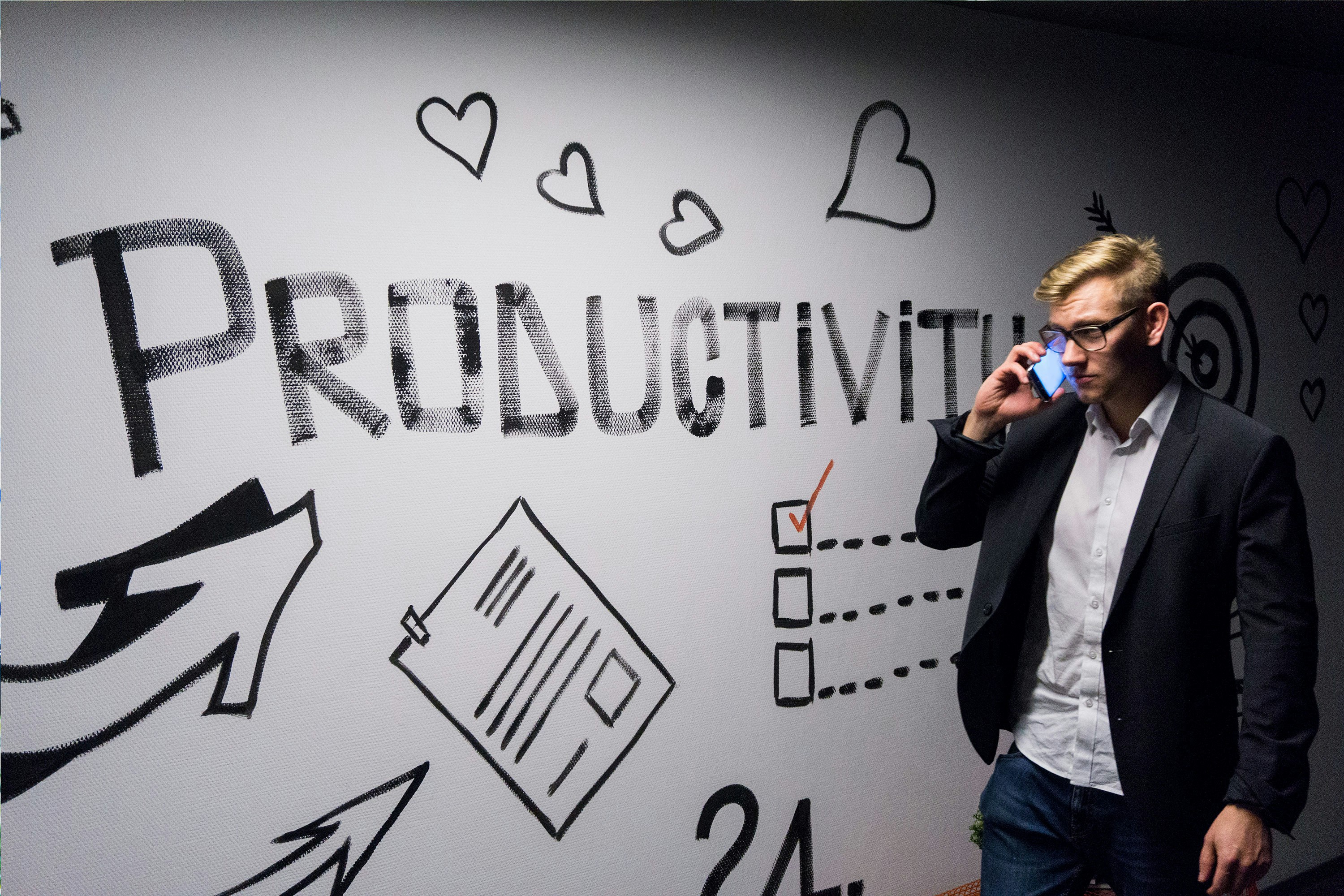Staff Productivity White Paper
Enhancing Staff Productivity: A Strategic Approach
Written by: [YOUR NAME]
Company: [YOUR COMPANY NAME]
Department: [YOUR DEPARTMENT]
Date: [DATE]

I. Executive Summary
In today's fast-paced work environment, maximizing staff productivity is essential for business success. This executive summary provides key insights into strategies, tools, and best practices for enhancing staff productivity, ultimately leading to improved efficiency and performance.
II. Introduction
The purpose of this white paper is to explore various factors that impact staff productivity and to provide actionable recommendations for organizations to optimize their workforce performance. By understanding the challenges and implementing effective solutions, businesses can create a more productive and engaged workforce.
III. Understanding Staff Productivity
A. Defining Staff Productivity
Staff productivity refers to the efficiency and effectiveness with which employees utilize their time and resources to achieve organizational goals. It encompasses factors such as task completion rates, quality of work output, and overall performance levels.
B. Factors Affecting Staff Productivity
Several factors influence staff productivity, including workplace environment, work-life balance, employee motivation, management practices, technology utilization, and training and development opportunities.
Chart title: factors affecting productivity
C. Measuring Staff Productivity
Measuring staff productivity involves tracking key performance indicators (KPIs) such as output volume, project completion times, error rates, and employee satisfaction levels. Utilizing data analytics and performance management tools can help organizations assess and improve staff productivity.
IV. Strategies for Enhancing Staff Productivity
A. Effective Time Management
1. Priority Setting
Encourage employees to prioritize tasks based on urgency and importance to maximize productivity.
2. Time Blocking
Implement time blocking techniques to allocate dedicated time slots for specific tasks and minimize distractions.
B. Workplace Well-being
1. Promoting Work-Life Balance
Offer flexible work arrangements and wellness programs to support employees' physical and mental well-being.
2. Creating Ergonomic Workspaces
Design work environments that prioritize comfort, safety, and ergonomic principles to enhance productivity and reduce fatigue.
C. Employee Engagement
1. Recognition and Rewards
Recognize and reward employees for their contributions and achievements to foster a positive work culture and increase motivation.
2. Open Communication
Foster transparent communication channels to solicit feedback, address concerns, and encourage employee engagement and collaboration.
V. Technology Tools for Boosting Productivity
A. Project Management Software
Utilize project management tools such as [Project Management Tool] to streamline task delegation, track progress, and improve team collaboration.
B. Communication Platforms
Implement communication platforms like [Communication Platform] to facilitate real-time communication, document sharing, and remote collaboration among team members.
VI. Training and Development Initiatives
A. Skills Enhancement Programs
Offer training programs and workshops to enhance employees' technical skills, soft skills, and leadership capabilities, empowering them to perform their roles more effectively.
B. Continuous Learning Culture
Cultivate a culture of continuous learning and professional development, providing employees with access to online courses, seminars, and mentoring opportunities.
VII. Recommended Action Plan
A strategic action plan is proposed to implement the strategies discussed. This plan is tailored to maximize productivity within [YOUR DEPARTMENT] while ensuring alignment with the overall organizational goals of [YOUR COMPANY NAME].
Strategy | Action Items | Expected Impact |
|---|
Integration of Advanced Technologies | Deploy new software tools for project management and communication. | Reduce time wastage and improve task efficiency. |
Improvement of Workplace Environment | Redesign the workspace to encourage collaboration and reduce stress. | Enhance employee morale and teamwork. |
Performance Incentive Programs | Introduce performance-based bonuses and recognition programs. | Increase motivation and reward high perform |
VIII. Conclusion
In conclusion, optimizing staff productivity requires a holistic approach that addresses various factors including time management, workplace well-being, employee engagement, technology utilization, and training and development. By implementing the strategies outlined in this white paper, organizations can create a more productive and motivated workforce poised for success.
IX. Next Steps
Foster a culture of continuous improvement, encouraging feedback, innovation, and adaptation to evolving workforce dynamics and organizational needs.
X. References
XI. Contact:
You can reach us at:
[Your Company Name]
[Your Company Number]
[Your Department]
[Date]
White Paper Templates @ Template.net































